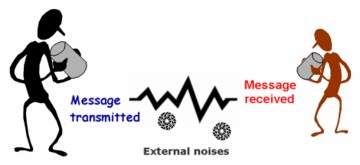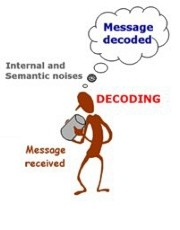Friday, February 17, 2012
Mike Tompkins - Youtube artist :)
Song Recorded, Mixed and Mastered by: Mike Tompkins
Video Edited by: Mike Tompkins
Camera Operators: Chris Evans, Kayla Tompkins, Mike Tompkins
Mike Tompkins created a famous song originally by Chris Brown - Forever using just his voice and mouth!
OK go - Needing/ Getting
The new music video from OK Go, made in partnership with Chevrolet. OK Go set up over 1000 instruments over two miles of desert outside Los Angeles. A Chevy Sonic was outfitted with retractable pneumatic arms designed to play the instruments, and the band recorded this version of Needing/Getting, singing as they played the instrument array with the car. The video took 4 months of preparation and 4 days of shooting and recording. There are no ringers or stand-ins; Damian took stunt driving lessons. Each piano had the lowest octaves tuned to the same note so that they'd play the right note no matter where they were struck. Many thanks to Chevy for believing in and supporting such an insane and ambitious project, and to Gretsch for providing the guitars and amps.
Sunday, February 12, 2012
Wednesday, February 1, 2012
Components of Communication Process

Communication is the process of exchanging verbal and non-verbal messages. It is a continuous process. Prerequisite of communication is a message. This message must be conveyed through some medium to the recipient. It is essential that this message must be understood by the recipient in same terms as intended by the sender. He must respond within a time frame. Thus, communication is a two way process and is incomplete without a feedback from the recipient to the sender on how well the message is understood by him.
These are the main components of communication process:
1. Context
 Context may be physical, psychological, social, historical,chronological or cultural. Every communication proceeds with context and is affected by the context in which it takes place. The sender chooses the message to communicate within a context.
Context may be physical, psychological, social, historical,chronological or cultural. Every communication proceeds with context and is affected by the context in which it takes place. The sender chooses the message to communicate within a context.2. Sender / Encoder -
Encoder translates thought into verbal & non-verbal messages to decoder
Sender / Encoder is a person who sends the message. A sender makes use of symbols (words or graphic or visual aids) to convey the message and produce the required response.Sender may be an individual or a group or an organization. The views, background, approach, skills, competencies, and knowledge of the sender have a great impact on the message. The verbal and non verbal symbols chosen are essential in ascertaining interpretation of the message by the recipient in the same terms as intended by the sender.
3. Message -
Messages are the information that initiates communication
Message is a key idea that the sender wants to communicate. It is a sign that elicits the response of recipient. Communication process begins with deciding about the message to be conveyed. It must be ensured that the main objective of the message is clear.
4. Medium -
Medium/Channel is the means for sending a message.
Medium is a means used to exchange / transmit the message. The sender must choose an appropriate medium for transmitting the message else the message might not be conveyed to the desired recipients. The choice of appropriate medium of communication is essential for making the message effective and correctly interpreted by the recipient. This choice of communication medium varies depending upon the features of communication. For instance - Written medium is chosen when a message has to be conveyed to a small group of people, while an oral medium is chosen when spontaneous feedback is required from the recipient as misunderstandings are cleared then and there.
Decoder tries to make sense out of the message and provides feedback
Recipient / Decoder is a person for whom the message is intended / aimed / targeted. The degree to which the decoder understands the message is dependent upon various factors such as knowledge of recipient, their responsiveness to the message, and the reliance of encoder on decoder.
6. Feedback -

Feedback is the main component of communication process as it permits the sender to analyze the efficacy of the message. It helps the sender in confirming the correct interpretation of message by the decoder. Feedback may be verbal (through words) or non-verbal (in form of smiles, sighs, etc.). It may take written form also in form of memos, reports, etc.

Feedback is the response to a message
7. Noise
There are noises that distort the message in transmission and decoding. Effective communicators take these noises into consideration when they are communicating.
- External noises along the channel of communication are sights, sounds and other stimuli in the environment that draw a recipient’s attention away from what is being communicated.

The consequence of external noise is that the message may not reach the recipient in the same form in which it left you (i.e., the message received is NOT the message transmitted).

- Moreover, the recipient also has to cope with internal noises. In this case, the internal noises (the recipient's attitude and feelings) interfere with the "decoding" process so much so that the message decoded is NOT the message received.
- Then there are semantic noises, the unintended meanings aroused by certain symbols inhibiting the accuracy of decoding. We need to maintain an empty closet where there are no unsettled grievances in the recipient's mind.
Subscribe to:
Comments (Atom)



